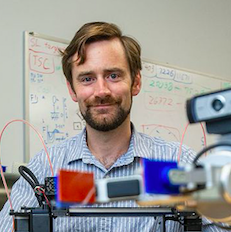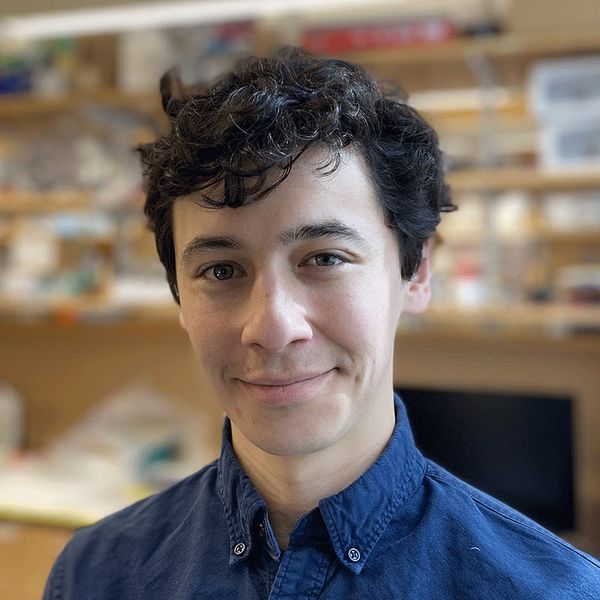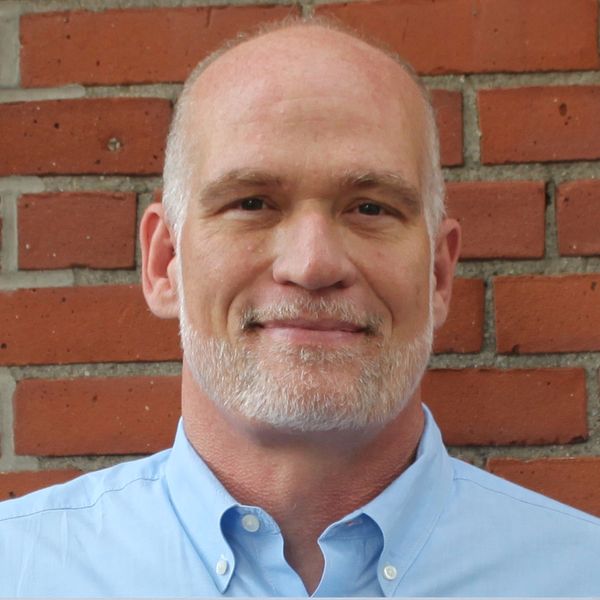Dean Announces First Faculty to Earn New Awards for Lab Equipment
Boston University College of Engineering Dean ad interim Elise Morgan has announced the inaugural recipients of the Dean’s Research Infrastructure Awards (DRIA). Six faculty members, along with collaborators they identified, will receive funds under a program that aims to support innovative, high-impact research by enabling the upgrade, repair, or acquisition of critical equipment.

“It is critical for our faculty to have the research infrastructure they need to carry out their bold ideas,” says Morgan. “The quality of the research that these inaugural infrastructure awards will support is incredible. Each one of the projects has strong potential to positively impact society at scale.”

“These are equipment needs that are too large for individual grants while being too small for instrumentation awards from external sources,” says Distinguished Professor of Engineering Siddharth Ramachandran (ECE, Physics, MSE), who is also interim associate dean for research and faculty development. “Ultimately, the goal of the award is to help advance the research of faculty to enable them to be more competitive for future extramural funding.”

Professor Keith Brown (ME, MSE, Physics) will use his DRIA funds to develop new workflows to power materials discovery. Brown is known for his Bayesian experimental autonomous researcher (BEAR) system, a self-driving lab that combines additive manufacturing and mechanical testing. Using BEAR, Brown and colleagues were able to discover the most efficient energy-absorbing material ever. Now, with the purchase of new equipment, Brown and colleagues—including Professor Joyce Wong (BME, MSE), Assistant Professor Joerg Werner (ME, MSE, Chemistry) and Assistant Professor Xi Ling (Chemistry, MSE)—will assemble multiple BEARs into a distributed equipment network (DEN) capable of seamlessly transferring samples between instruments for fluid handling, synthesis, optical characterization, spectroscopic characterization, and mechanical characterization.

Assistant Professor Miguel Jimenez (BME, MSE) plans to use the funds to purchase an automated microbial colony picker. With a camera and a robotic arm, the device automates the selecting of individual microbial colonies, a mundane but necessary task in genetic engineering projects. By allowing highly trained researchers to focus on critical, non-automatable tasks such as troubleshooting and designing experiments, the picker will increase the throughput of BU’s Design, Automation, Manufacturing and Processes (DAMP) Lab, which was a key part of BU’s award-winning Clinical Testing Laboratory and today serves as an advanced biofoundry on the cutting edge of the creation of engineered living materials. In this way, the picker will encourage convergent research by fostering greater collaboration with non-biomedical engineers. Jimenez’s proposal was developed along with collaborators Professor Catherine Klapperich (BME, MSE, ME), Assistant Professor Liangliang Hao (BME), and Associate Professor Zeba Wunderlich (BME).

Professor Jerome C. Mertz (BME, ECE, Physics) will purchase a laser-driven light source (LDLS) for a wide variety of microscopy applications, especially high-sensitivity label-free molecular absorption imaging in the deep ultraviolet (UV) wavelength. Mertz, who has invented more than a score of imaging devices and was named BU’s Innovator of the Year in 2020, recently developed a novel imaging modality that makes an optical absorption signal appear “fluorescence-like” without actually requiring fluorescence. Mertz and colleagues hope to apply this method to the study of neuronal metabolism and degeneration, but they need an adequate light source. Using the LDLS, they expect to establish the benefits of their new technology, with eventual applications in treating neurodegenerative diseases such as Alzheimer’s and Parkinson’s.

Professor Roberto Paiella (ECE, MSE) will use his DRIA funds to obtain a tunable supercontinuum laser system, to be used in the development of novel nanophotonic devices for computational image sensing. Paiella’s lab has been developing a new type of photodetector that is uniquely sensitive to the local direction of light propagation, and thus can be used to map the phase distribution of incident light. Analogous to the compound eye of an insect, Paiella’s novel camera is useful for imaging applications requiring extreme miniaturization, such as autonomous drone navigation and wearable or swallowable cameras. With the supercontinuum laser, Paiella and colleagues can simplify many of their experiments, embark on entirely new studies, and greatly enhance the impact of their work in this field.

Associate Professor Douglas Holmes (ME, MSE) plans to buy a high-capacity mechanical tester in order to be able to apply significant loads to materials and structures. Holmes’ lab has evolved over the past decade to investigate interactions between elastic structures and granular matter, as for example in a DARPA-funded project to develop a fast and lasting method of repairing a runway damaged by a blast. This work involves the analysis of large, load-bearing structures. The new high-capacity mechanical tester will empower Holmes’ team to complete such projects much more quickly and efficiently. Moreover, Holmes will make the tester available to other mechanical engineering faculty, just as he has shared equipment with colleagues in the past.

Associate Professor J. Gregory McDaniel (ME, MSE) will use his award to purchase new signal processing hardware for innovative and high impact research in mechanics. McDaniel’s lab will use the equipment to collect and analyze signals from accelerometers, force sensors, and microphones. This work pertains to several projects currently funded by the Office of Naval Research as well as upcoming projects on biologically inspired vibration damping and isolation. In addition, McDaniel’s students will be able to use the equipment in classroom demonstrations.